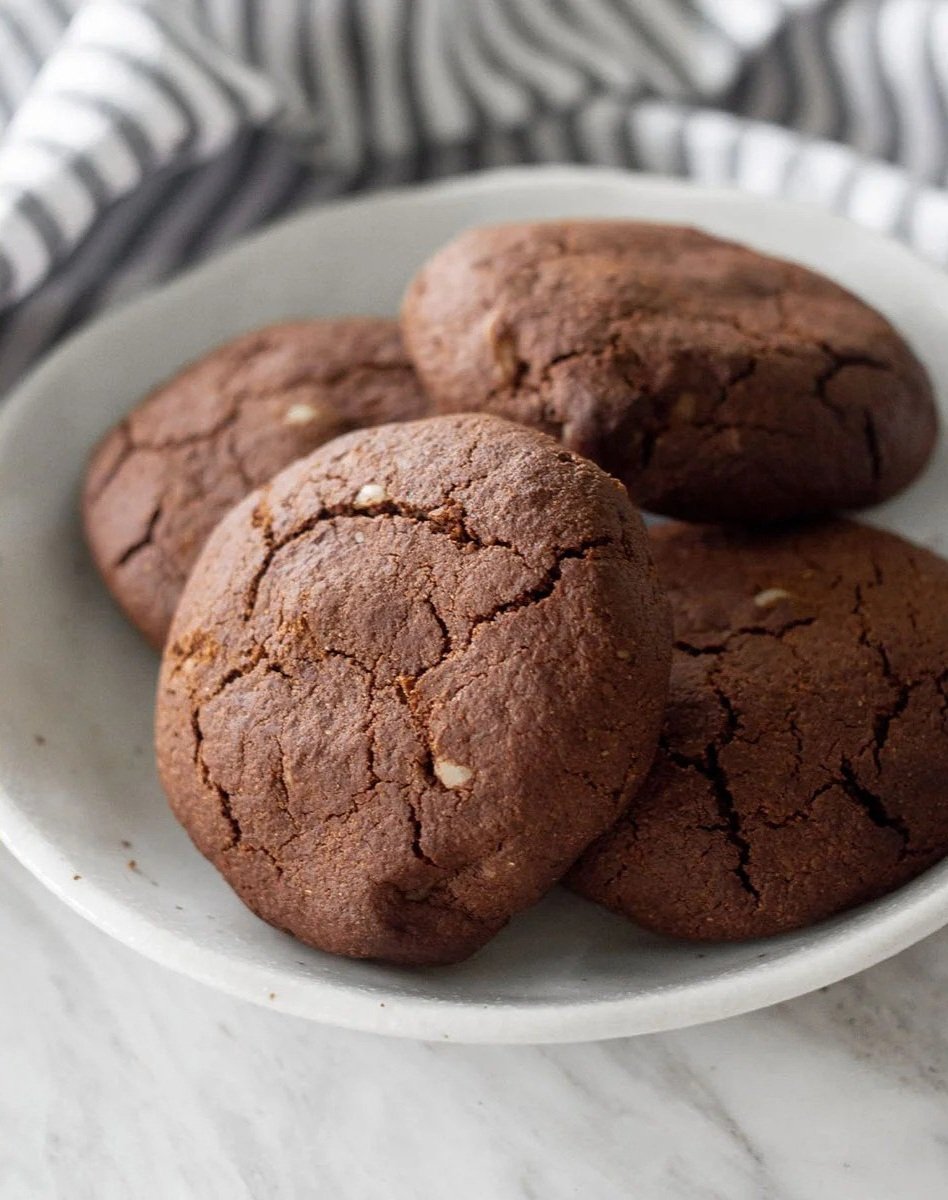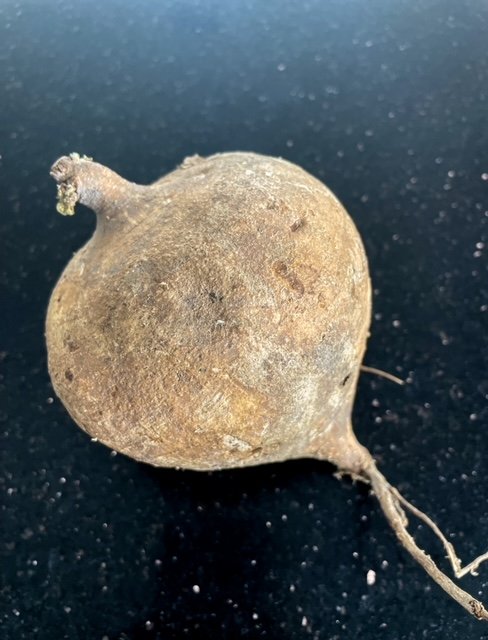The Recipe
Serves: 2 people
Preparation: 30 minutes
Assembly Time: 10 minutes
“Sopes are not as common as tacos on the streets of Mexico, however, they are a more robust and portable snack, and just as delicious. ”
One cannot talk about sopes without talking about maize and nixtamilsation. The maize crop was a fundamental element in Aztec societies and remains at the forefront of Mexican cuisine. Before colonisation, maize was processed by a method known as nixtamalisation, not only did treating the corn with an alkaline solution (lime water). give it a unique taste, it also enhanced the nutritional content of the maize (specifically niacin), which was key to preventing pellagra.
The Aztecs prepared maize in many different forms, and the most common form that is used today is masa harina. It is a glorious ingredient that can be made from a myriad of corn types and is transformed into cakes, tortillas, gorditas, tamales, champurrado and also, of course, sopes.
Sopes are a much thicker version of a tortilla and are reasonably small in size (5-10cm), they have a ‘lip’ to hold ingredients that are layered on top of them, which range from beans, shredded pork, chicken, cheese, avocado, herbs and hot sauce.
They are not as common as tacos on the streets of Mexico, however, they are a more robust and portable snack, and just as delicious.
Masa harina (dough flour) is the base of sopes, which then has water added to it to create the dough. The dough is pressed, dry-fried, shaped and fried. There is no need to add salt or herbs to sopes. As simple as the base may seem, the process of nixtamilsation gives the corn an earthy and slightly tangy flavour profile.
INGREDIENTS
SOPES
170g masa harina
300g (or less) of warm water
100g olive oil
TOPPINGS
80g/1/2 brown onion
400g black beans (cooked)
1.5 tsp toasted cumin powder
1/2 tsp smoked paprika
1/2 tsp sea salt
1 medium avocado, sliced
100g crumbled queso fresco OR Danish ‘feta cheese’
15g chopped coriander
hot sauce
METHOD
Finely dice the onion and cook until soft in a medium-heat fry pan with a good pour of extra virgin olive oil (you can also use butter or pork fat)
Add in beans and cook until soft, add about 20-50mls of water and smash the beans with a fork so they form a chunky paste (you can smash them more if you prefer a smoother texture, heck, blend them if you like!)
Add in cumin, smoked paprika and salt
Mix until combined, add more spices to taste
Take off the heat and start to make the sopes.
Mix water and masa harina to form a dough. It should not be too sticky and malleable
Roll into 50g size balls and place between two baking sheets, plastic or in a tortilla press.
Gently press until the disc is around 1cm thick and 8cm wide. RepeatIn a cast iron pan, heat on medium, and dry fry the discs, they can be slightly brown on each side
While they are still warm, pinch the edges to create a ‘lip’ around the outside of the discs
Heat the oil in a pan on a medium-high heat and cook the sopes on each side until crispy
Set aside and top with bean mixture, sliced avocado, cheese, coriander and hot sauce
Indulge in the simple delights of Sopes… and you can read more about it HERE.
Questions? Comments? Let me know, I’d love to hear from you.
Buen Provecho!

























